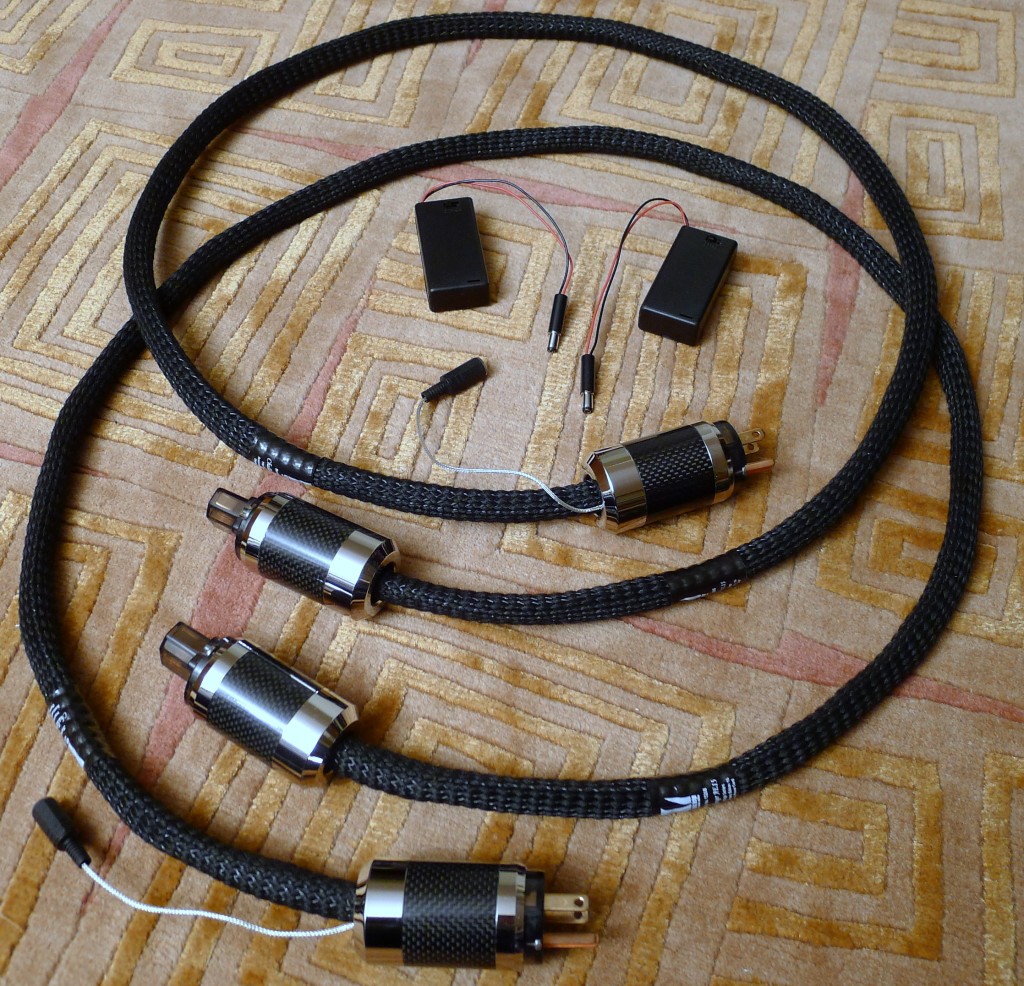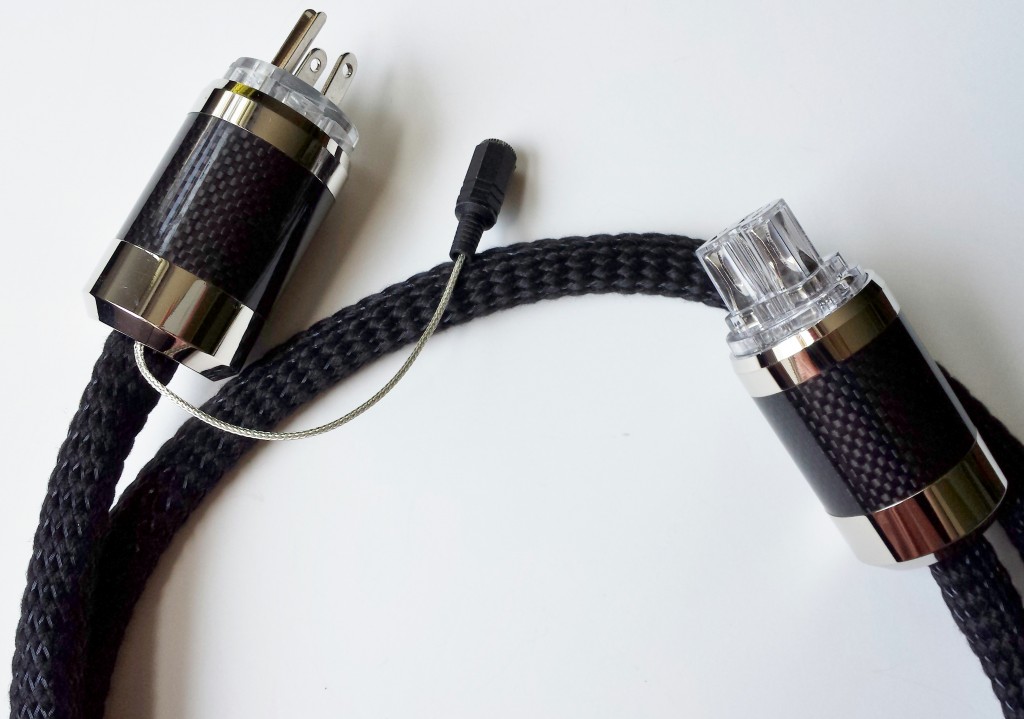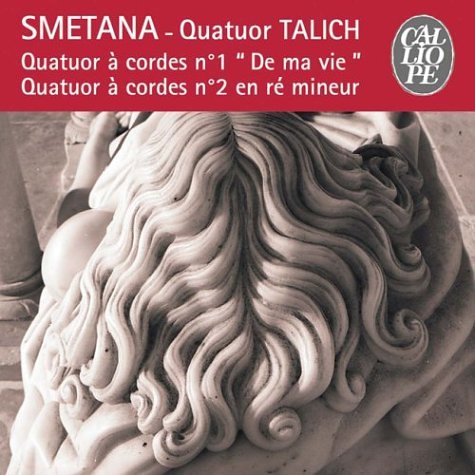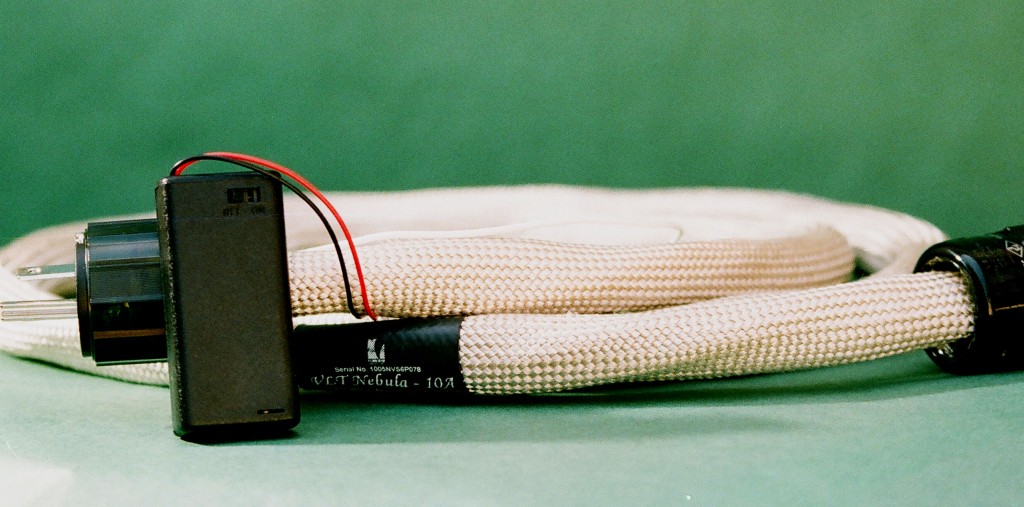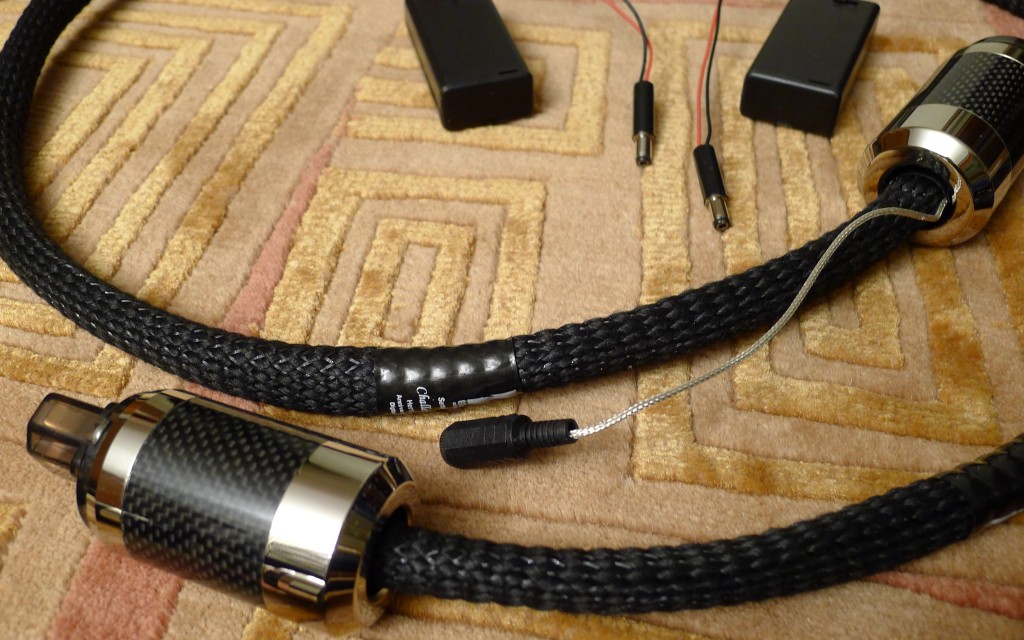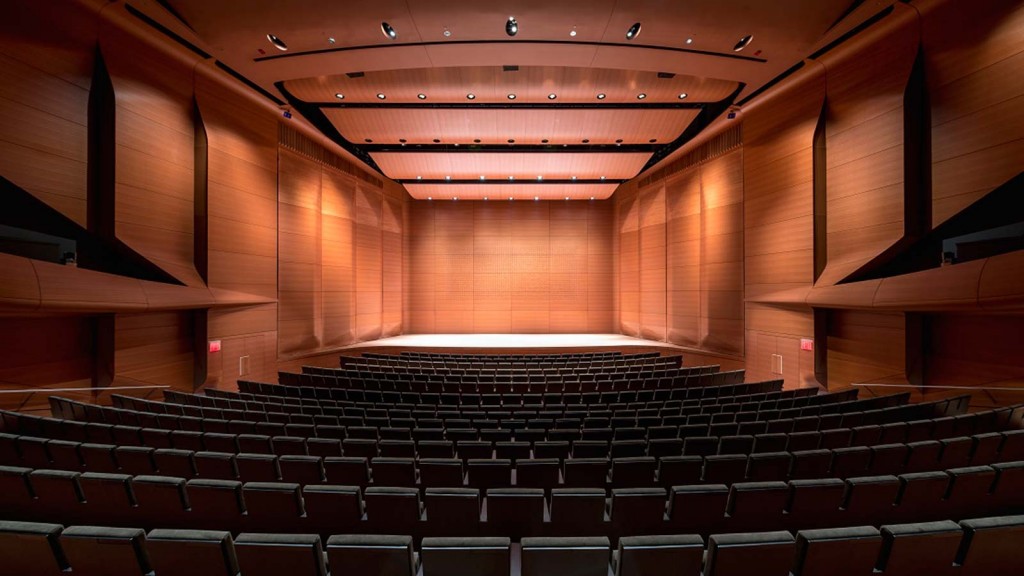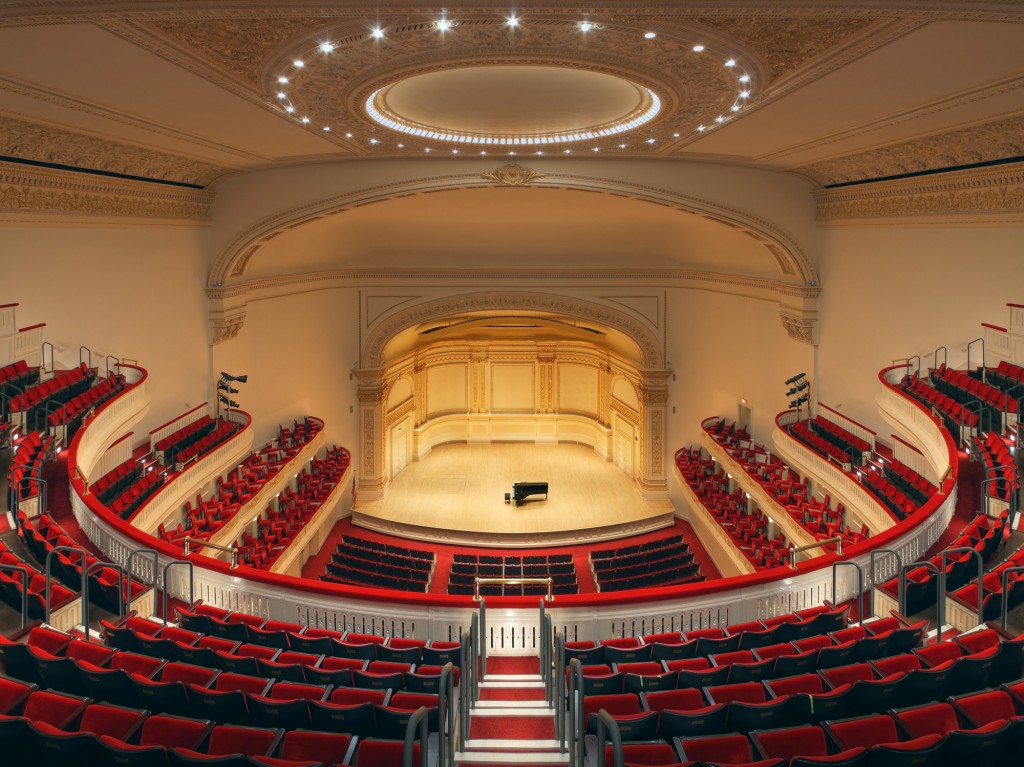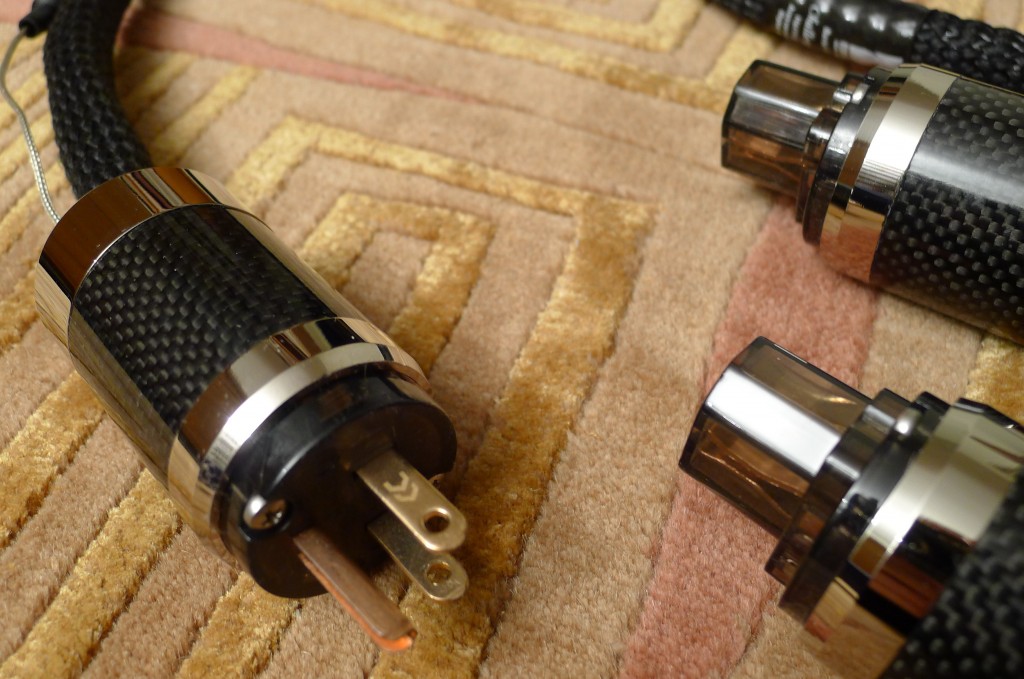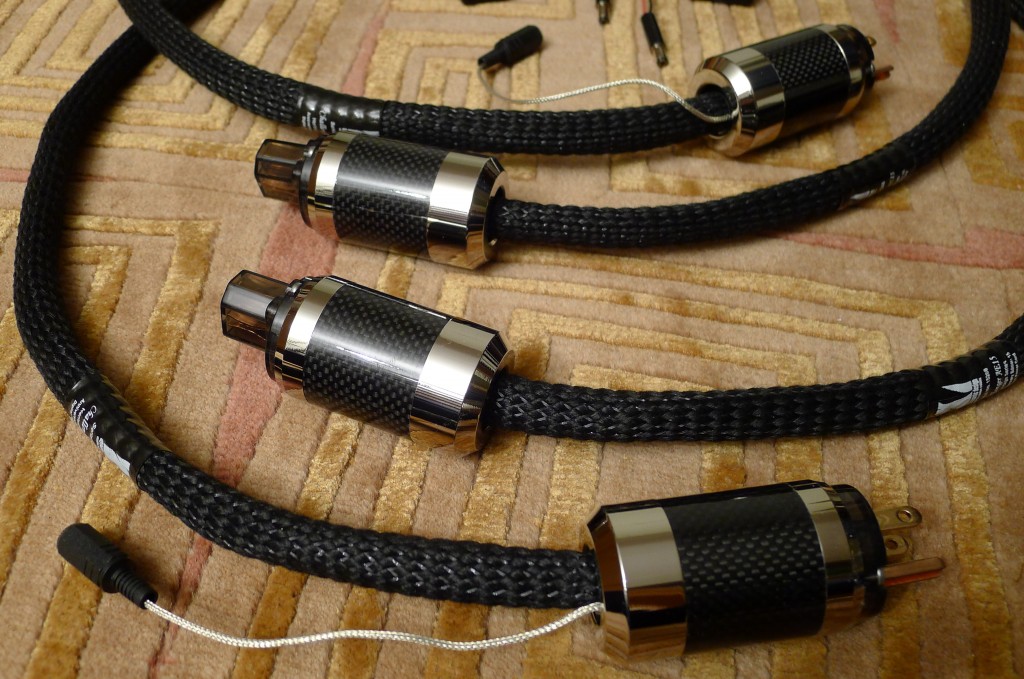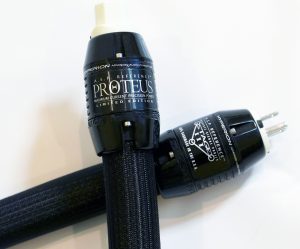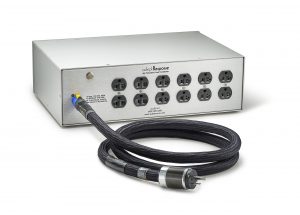Classical music subscriptions gobble up the lion’s share of our entertainment dollars. On average, we attend one or two concerts a week at Carnegie Hall (both Stern Auditorium and the smaller venue, Zankel), Alice Tully at Lincoln Center, or Town Hall. Every hall sounds different—all of those mentioned above have one thing in common: they’ve been vetted by me for good acoustics. To be blunt about it, with rare exception, I simply won’t return to a hall with bad sound. The not-so-trivial side benefit to me is continual aural refreshment—training, if you will—with the best sound. Lynn doesn’t need that exercise; it comes naturally to her.
And then there’s le jazz hot. We have a burgeoning interest in the contemporary scene, which brings me to a quick sidebar concerning an increasingly common practice—the heavy finger on the volume control of the mixing board in jazz clubs. It used to be the piano and upright bass in an ensemble got a little amplification for balancing. That’s morphed into the “if a little is good, more is better” mindset. The heavy finger is now liberally applied across the board: trumpets, saxophones, even drum kits are being amplified. Why brass and reeds need any boost in a small-to-medium size venue baffles me. Often the sound engineer leans on the volume knob to a point where it strains the capacity of the room, resulting in distortion on peaks. When I look around, it ain’t just Lynn and I covering our ears.
You know what happens as soon as you amplify an instrument—it changes the sound, and not for the better. One famous club, The Jazz Standard, books many of the best pianists, but you’d never know they are playing on a Steinway because their PA system makes it resemble an electronic keyboard. You won’t hear acoustic instruments at The Jazz Standard or The Blue Note. As the practice spreads, unamplified or minimally amplified jazz is fading, becoming something we’ll reminiscence about “like it used to be.” Sadly, we are glimpsing a non-acoustic future in this genre.
These musings on the varying acoustics of performance spaces were prompted by the arrival of the Challenger Digital Power Cord from Dynamic Design Corp. Its sonic signature put me in mind of Alice Tully Hall (one of the good ones).
Soundstage
Let’s begin with the Talich Quartet performing Bedřich Smetana’s Quartet No. 1 (Caliope CAL 9332), a High-Romantic period piece perfectly suitable for the Talich’s brand of Slavic romanticism. With the Challenger on my CH Precision C1 DAC, or alternately the one box Accuphase DP-720 SACD Player which was in for review, each of the four musicians is suspended in a discrete location on the stage with sufficient timbral variation to make the violins, viola and the cello distinct images. Thus, I can easily discern when the violins are doubling, for instance.
I don’t take this for granted by any means, because on most systems you can’t tell the two violins apart. I was reminded of the soundstaging prowess of Dynamic Design’s Nebula cable, which I reviewed a couple of years ago:
the VLT Nebula PC
I’ve never heard the physical stage recreated as well. From the first chairs on back, the Nebula resolve row after row in receding layers. Images are isolated to a degree unusual even for top-tier cables. This leaves image placement exceptionally precise and exposed.
…the Nebula let you know everything going on and leave nothing uncertain. “You can hear all the parts,” was the often unsolicited comment from my panel.
Just so, this new Challenger power cord affords remarkable insight into the organization of the soundstage.
The Fuzzy Stuff
The fuzz around the note is gone. Cables are voiced differently. Some surround the note with a halo or aura; others extend the decay of notes. Conceivably, this is natural, acoustic richness—or maybe not. I’ve heard live music both with and without “fuzz.”
But that’s not the Challenger’s style. It clears out this aura, just as it vacuums away most of the noise. Decays do not linger, transients are razor sharp, and no extra stuff is added. Nothing is left loose and dangling; everything is controlled. With the removal of the fuzzy surround, the Talich’s vintage romantic sound is played down, but I daresay it seems quite honest to the source. It mimics the aims of good quartet playing, honing right in on the performance, and it provides a powerful “visual” aid that helps me “see” the interwoven musical lines more clearly.
Challenger5
Note: this has nothing to do with ambient cues defining the hall, or atmosphere defining the stage. If those are on the recording, they come through clean and pristine, in a manner that will give you goosebumps. If the recording contains “air” or bloom, like in the Mozart Requiem (Linn CKD 449), it is fully present. But if these aren’t in the source, the Challenger won’t manufacture it. If the source has discrete imaging and gaps between instruments, that’s how it will be reproduced and the spaces between instruments may be left profoundly empty. Many CDs are engineered in this fashion.
Tone & Timbre
This discussion soundstaging and imaging may lead you to the impression the Challenger is on the frugal side with tone and timbre. Believe me, if that were the case the cable would be of no interest, it would be like many other analytical wires. Certainly there is less of the acoustic “stuff,” but the Challenger is far from thin or lean. The cable has a midrange-centric tonal balance and unusually full body, so much so that it can’t be labeled transparent or “see through.” (That’s not a critique. More body is more better.) As far as timbre, the fact that you can discriminate amongst like-sounding instruments tells you timbral development is quite complete.
Frequency response is extended and smooth, with excellent integration, such that you don’t hear individual frequency bands. What you hear is the note (or the chord) in its entirety as one brush stroke, as a single entity. I like how the treble is handled—extended, not soft, but not harsh either. And the bottom is mean, tight and deadly potent.
All of this is happening within the context of good string sound.
Alice Tully’s sound
As I said earlier, the Challenger quite puts me in mind of Alice Tully Hall. The hall was renovated in 2009 using state-of-the-art acoustic tools, with the aim of creating an ideal space for chamber music, as befits its major client, The Chamber Music Society of Lincoln Center.
Alice Tully sounds fast, focused and full-bodied without being bloomy—qualities that make for clarity and excitement. It doesn’t sound like Carnegie Hall, which is noted for its rich, sweet, blended and warm properties (similar to the other cable voicing).
For those who are interested, Alice Tully has a reverberation time of 1.4 to 1.5 seconds; Stern Auditorium at Carnegie measures 1.8 to 2 seconds. Carnegie seats 2,804 and is one of the larger spaces on the recognized list of world-class music venues. Alice Tully seats 1,086 and has a fraction of Carnegie’s square footage (cubic volume of air).
These two criteria, reverberation time and volume of air, have everything to do with the sonic differences in the halls. Yet, both are on my list of top NYC venues. I love attending recitals and chamber orchestra concerts in Alice Tully. However, I can’t imagine a full orchestra fitting comfortably on its smaller stage, not to mention the sound would probably overwhelm the hall on peaks. For full symphony orchestra repertoire, I prefer Carnegie.
Cosmetics
The full name of the product being reviewed is the Challenger Anniversary Edition 15 Heritage Series Digital Power Cord. That’s a mouthful. Let’s parse it.
The parsed name is the Challenger AE15 Digital Power Cord. The boutique cable company Dynamic Design has been around for 15 years. That’s the anniversary. The Challenger is part of the Heritage Series. Check. Finally, it’s designed to be used with digital components.
As befits an anniversary, the bling quotient is high. Those AC and IEC receptacles on either end are custom, copper-based and have carbon fiber bodies. They are stunning. You’ll find the Challenger not as stiff as earlier generations of Dynamic Designs cables and easier to use.
Installation and Technology
From a manufacturers’ email:
The CAE15 is similar to the VLT Nebula in execution, but the CAE15 features our new, upgraded 15th anniversary conductor design and complement: new, faster, higher temp dielectrics; updated Dynamic Shielding circuit; new connectors, and upgraded performance enhancement processes. We believe that the new Challenger AE15s will outperform the previous flagship VLT Nebula in many critical areas!
The elimination of noise is a priority for Dynamic Design's chief designer, Olufemi A. Sonuga. These are spectacularly quiet cables that incorporate many trademarked noise abatement processes.
The most obvious is Dynamic Shielding™. Each power cord has a pigtail coming off the AC plug. That gets connected to a detachable battery pack (two AA batteries inside). When you power up the system, turn on the battery packs. Little diodes light up inside the power cords’ IEC plug, indicating the shielding is active. At the end of the session, turn off the battery packs to conserve the batteries. The designer does not necessarily recommend you leave the battery on all the time to keep the shield charged, but does recommend 30 minutes of charge time to fully saturate the shields before critical listening. The batteries will last about 2 weeks if left on all the time. In his opinion, all cables should have an active shield.
If the IEC doesn’t light up, the shielding circuit is not working. Check for good batteries; next recourse, contact your dealer.
The effects of the active shields are audible after 1 minute. You can listen with the battery pack off, but I don’t see why you would want to do that—the treble is a little wild and the bottom not as potent. Overall, it’s not as smooth. Turn the battery on and the sound becomes sweeter.
Dynamic Design also strongly believes that ultra-fast and efficient insulators, like their MLIS™ (multi-layer insulation system), are key to a design’s phase coherence and agile dynamic transients. They reduce signal smearing and other forms of distortion for a true 3-D performance.
Dynamic Design uses U-HPBM™ (ultra-high purity bi-metal) conductors for ultra-low resistance, maximum signal conductivity, and great power handling.
Conclusion
Dynamic Design is celebrating 15 years in the cable business. I became acquainted with the brand two years ago, when I reviewed their Anniversary Edition Nebula wire products. The results of that audition were uneven. I found the signal wires good, but the power cords were great.
Their talented designer has just come out with a power cord for digital components that may be even better—and less expensive. I find a whole lotta truth in the new Challenger AE15 Heritage Series Digital Power Cord. A single Challenger power cord on my CH Precision C1 DAC or the one box Accuphase DP-720 SACD Player made for dramatic, at times scintillating, listening sessions. That makes me think the Challenger is one of the best power cords for digital components in its price class.
Extremely well-articulated, exposed, and very neutral, it’s a flavor of truth that put me in mind of Alice Tully Hall here in NYC, which I consider one of the best venues in town. That’s quite different from a seat in Carnegie Hall, with its rich, sweet, blended and warm properties. Which hall you would rather be in is entirely up to you.
I’m happy to report Dynamic Design has hit another home run with their new Challenger AE15 Digital Power Cord.
Challenger AE15 Heritage Series Digital Power Cord
$4000 1.5 meter, $600 .5 meter add’l
Dynamic Design Corp
310.466.1040
www.dynamicdesignav.com
[email protected]




